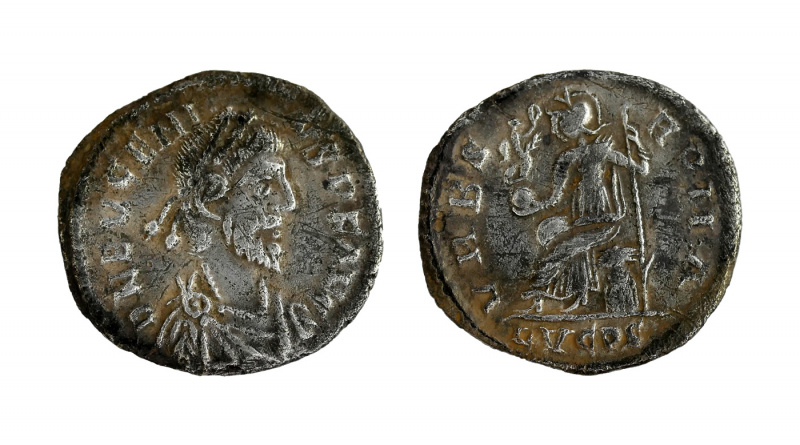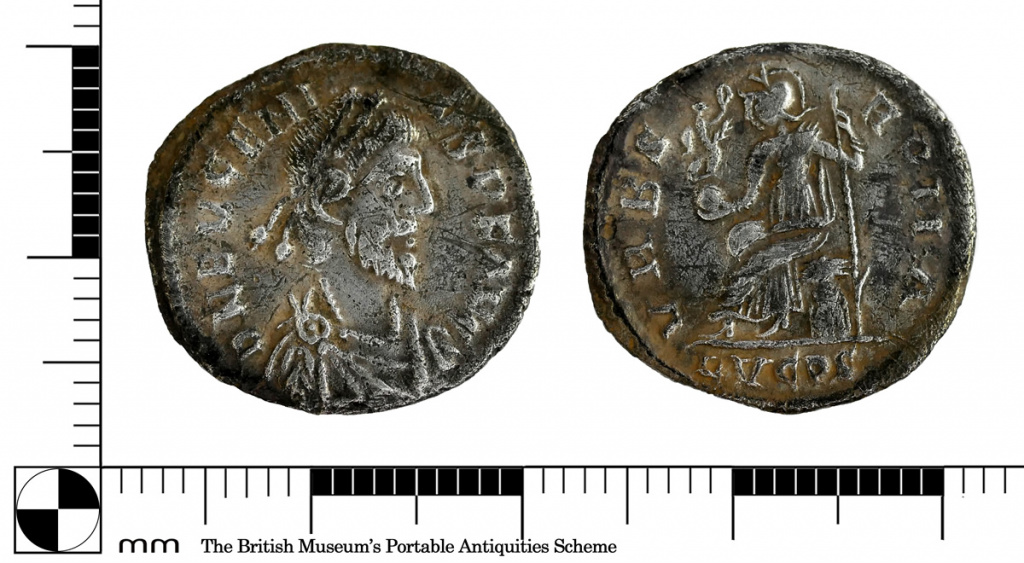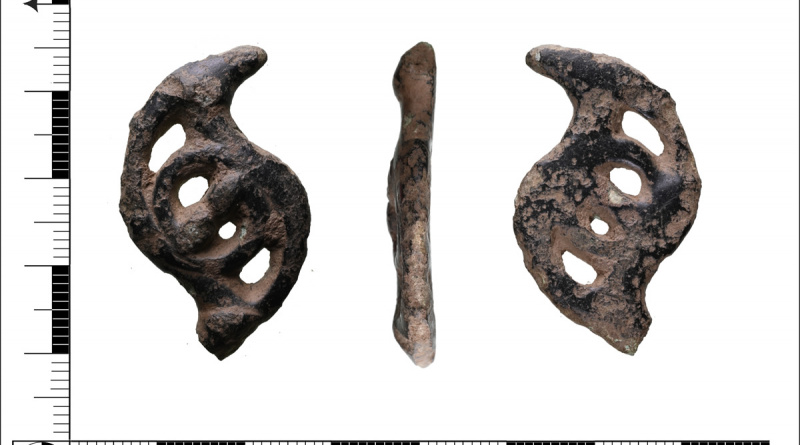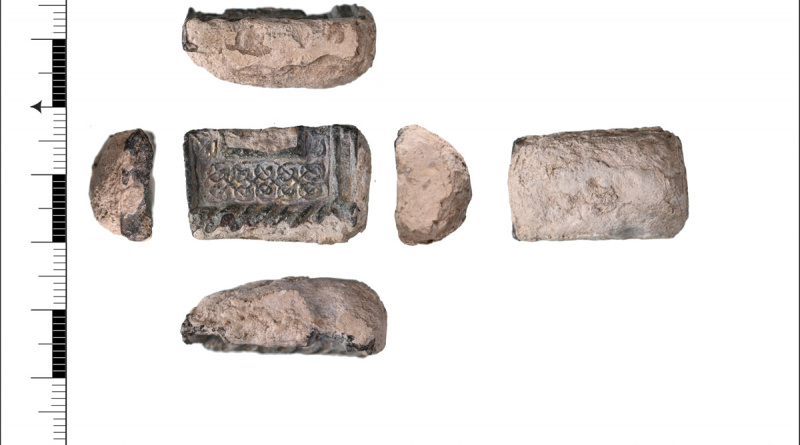PAS Finds (w/e 17/03/23) – Eugenius
PAS Finds (w/e 17/03/23) – Eugenius
My selection of the detecting finds recorded at the PAS in the week ended 17 March 2023
Featured Find
Siliqua of Eugenius
A siliqua of Eugenius with the mint mark of LVGPS giving the mint as Lugdunum (Lyon). The PAS record says that this is only the second example of a a coin of Eugenius in Surrey and the first of its type. Therefore, it is a Find of Note of County Importance.
Vale of Pewsey Hoard
The Vale of Pewsey Hoard, which was found some 70 miles to the west, contained 15 siliqua of Eugenius.
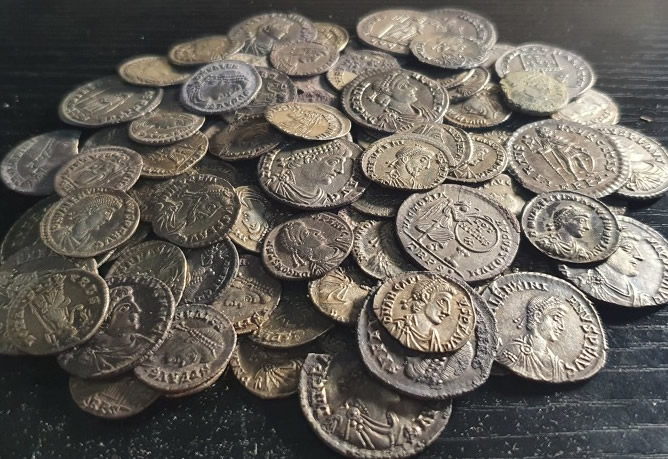
It was found by detectorists Rob Abbot, Dave Allen and Mick Rae in September 2020 and we covered the find and subsequent auction in our reports Noonans to sell the Vale of Pewsey Hoard and Vale of Pewsey Hoard sells for £81,160.
Amongst the 160 coins found in the hoard were siliqua of Valentian II, Theodosius I and Honorius. These three will feature in the rise and fall of Eugenius.
Eugneius
As Shakespeare said, “Some are born great, some achieve greatness, and some have greatness thrust upon them“. Eugenius was the latter. He was originally a teacher of rhetoric and grammar who had become a senior civil servant. At Lyon, on 22 August 392 he was proclaimed Emperor of the Western Roman Empire. He was to be Emperor for two years.
He had been placed in the role by Arbogast, the military commander of the region. He had become the de facto ruler under the previous Emperor of the West, Valentinian II, who he treated with contempt. On 15 May 392, Valentinian was found hanged, either murdered by Arbogast or committed suicide, fed up with the abuse he received. Arbogast wasn’t an acceptable candidate for Emperor because of his Frankish origin and so he thrust Eugenius into the role.
At the time, the Eastern Roman Empire was ruled by Theodosius I (also called Theodosius the Great), the brother in law of Valentinian. Arbogast sought his approval for the appointment of Eugenius but only received vague promises. In January 393, Theodosius promoted his eight year-old son, Honorius, to be Emperor of the West. This provoked war and the two armies met at the Battle of Frigidus in September 394. In a way it was a victory for Theodosius as Eugenius was captured and executed and Arbogast committed suicide. However, the two day battle was so bloody and the losses on both sides so great that it accelerated the collapse of the Roman army in the West. Theodosius died four months later.

